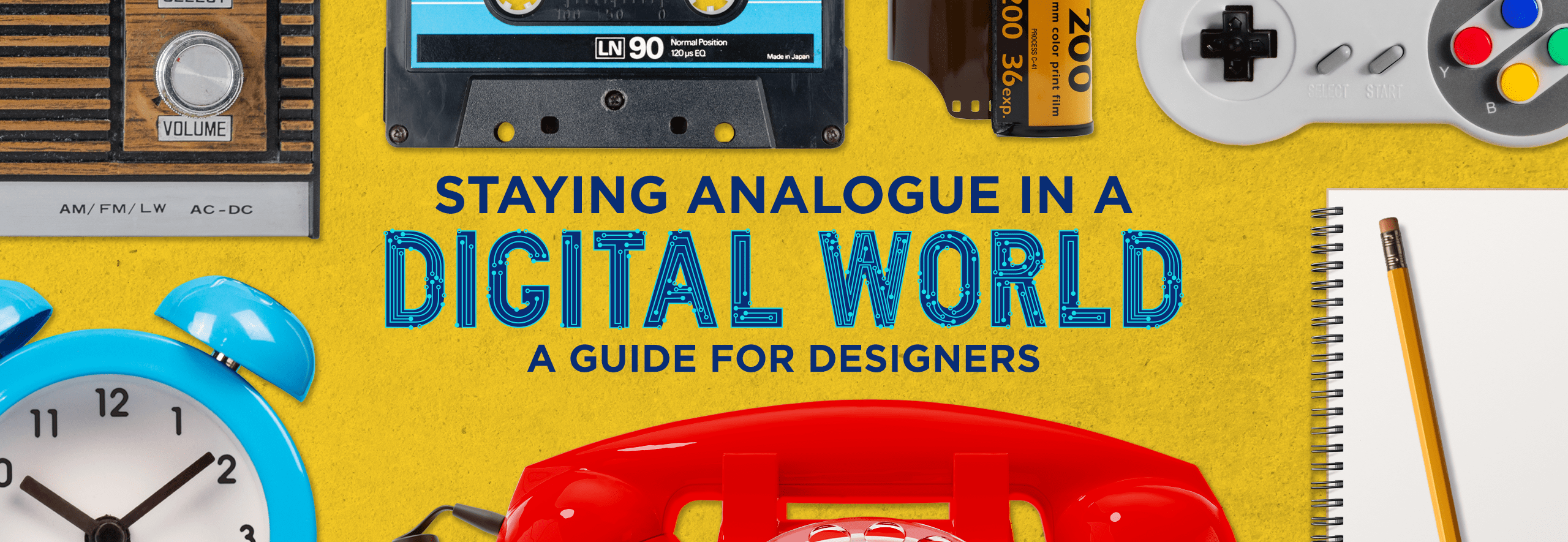Staying Analogue In A Digital World: A Guide For Designers
I think we can all do with a little more simplicity in our lives.
We designers all have to work. We also have to take care of our families, pay bills, shop for groceries, remember appointments, and keep up with an expanding network of personal and professional relationships. And all the while, we’re constantly exposed to an all-consuming news cycle—whether we want to pay attention or not.
Our complicated lives are subjected to more information and technology than ever before. The speed and tempo of this development has definitely impacted how we live our lives. A century ago, Prohibition was in full-swing in the United States and ocean liners took ten days to cross the Atlantic. Today, I can go to a concert and watch a deceased musician perform as a hologram.
That’s quite the jump.
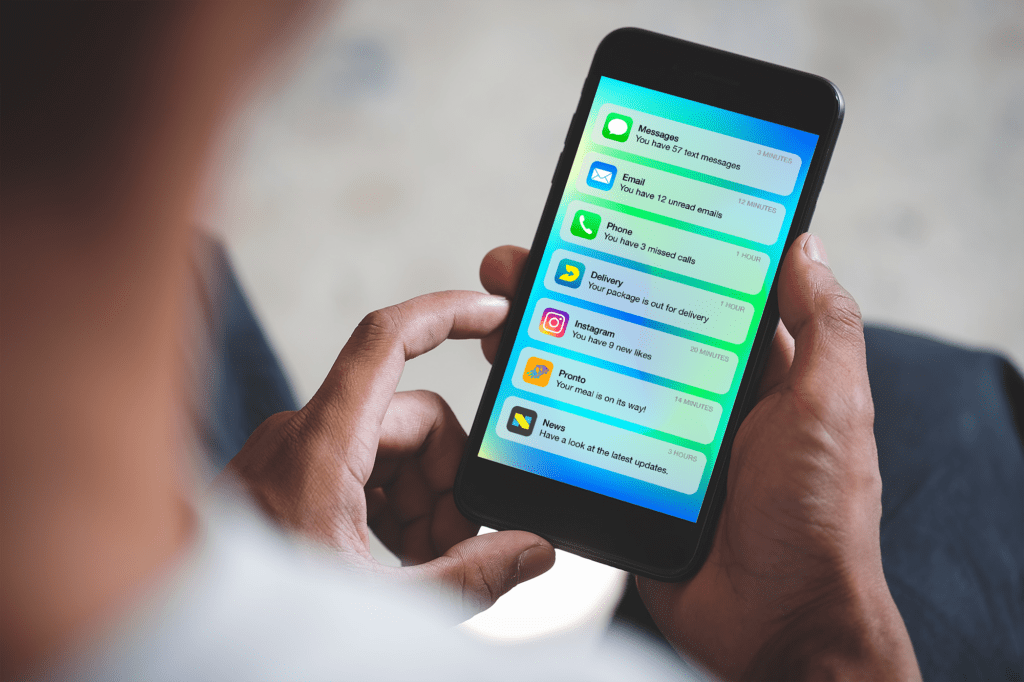
Since the Atomic Age, we have been promised a future of limitless technological potential. Around the turn of the millennium, there was the idea that technology could soon be harnessed to transform our lives with endless information available in the palm of our hands. From video calls with loved ones on the other side of the world, to anything-goes e-commerce purchases without leaving the couch. It’s all been done with positive intent.
Fast forward to a quarter-century later and these things are all commonplace. Can I look up a recipe while at the grocery store so I can get all the right ingredients? Sure can! Can I FaceTime my wife and kids to see them while I’m at work? Absolutely! While Rosey the Robot from the Jetsons may not be in the kitchen washing the dishes, at least there’s a neat little device on my counter that can play music while I run the dishwasher.
Yet despite all this progress with technology, perhaps having everything at our fingertips isn’t all it’s cracked up to be.
Think about our work day as designers. Those of us in a design studio typically work from 9-5. If you’re moonlighting with freelance work you’re probably adding even more hours. There’s a phrase called “digital fatigue,” and it’s exactly what it sounds like. Living in a constant digital hurricane of Zoom meetings, infinite phone notifications, and the compulsion to document every moment on social media, this relentless onslaught has paved the way for a subtle sense of fatigue to set in. What were once conveniences are now thought of as annoyances. It turns out there is such a thing as digital burnout. Perhaps it’s time to personally unplug after work.
One of the things that I like to do as a graphic designer is to revel in the analogue. I believe it is crucial keep things in the real world as much as possible. Today, I’m sharing some of the analogue methods I employ in my daily life that I feel help me be a stronger and more creative designer.
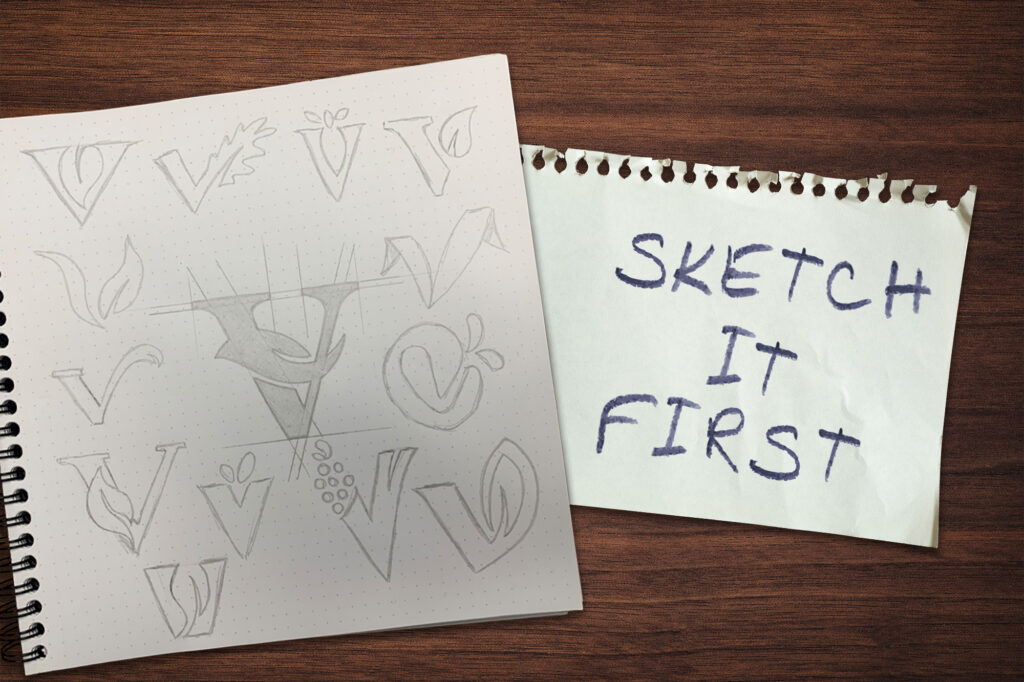
Sketch It First – I’ve always had a sketchbook, memo pad, or journal going—I even wrote the first draft of this blog longhand with a pen. Rarely do projects come across my desk where I don’t write it down and work out the details before I sketch. Working with a pencil and sketchbook first solves far more problems and allows for a vast amount of creative freedom. I’ll typically solve ten unforeseen problems compared to jumping into digital software and designing myself into a corner. So before clicking around with a mouse in Adobe Illustrator or Photoshop, let yourself be amazed by the discoveries made when putting pencil to paper.

Embrace the Imperfections – Analogue technology gives me a sense of warmth and fluctuation that digital technology lacks. it’s the little flaws and blemishes that add character. The tactile quality of holding a vinyl record and hearing crackles as its played. Viewing a film photograph in grainy off-balance colour. Vinyl records and film cameras connect us to a simpler time.
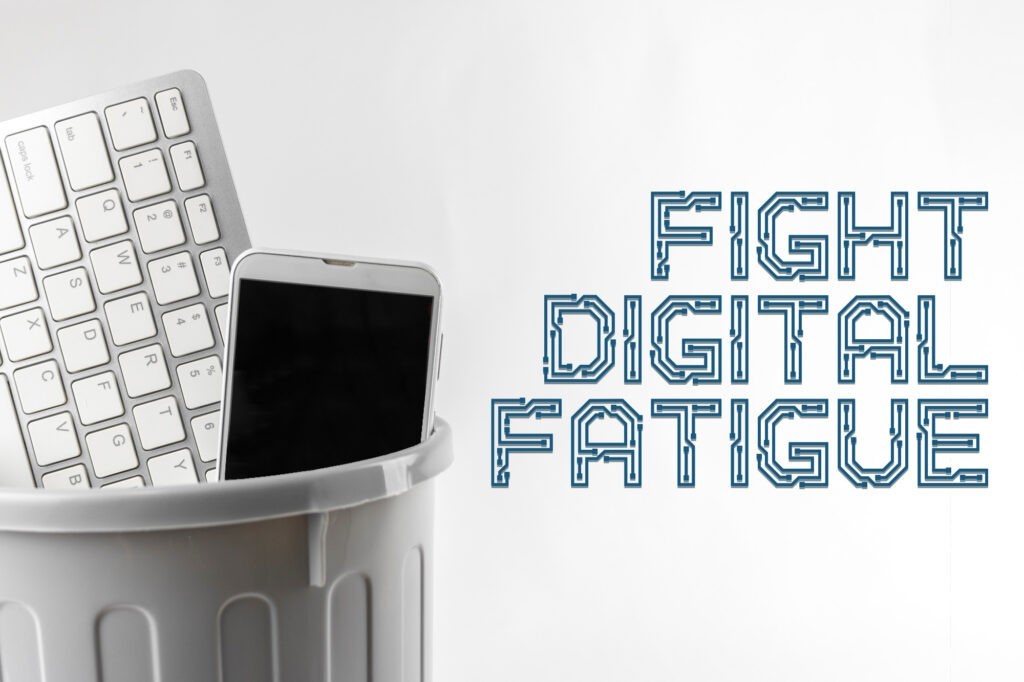
Fight Digital Fatigue – When we were all at home during the early days of the lockdowns, a revival of hand-made arts and crafts quickly took hold. Many young people born and raised in a digital world unplugged in pursuit of hands-on activities: knitting, pottery, calligraphy and painting just to name a few. Tactile approaches to anything in life are far more interesting and more real than any digital activity. it’s a fresh start, paying the way for creative expression. As a designer, I usually find myself as far away from the computer as possible during my down time.
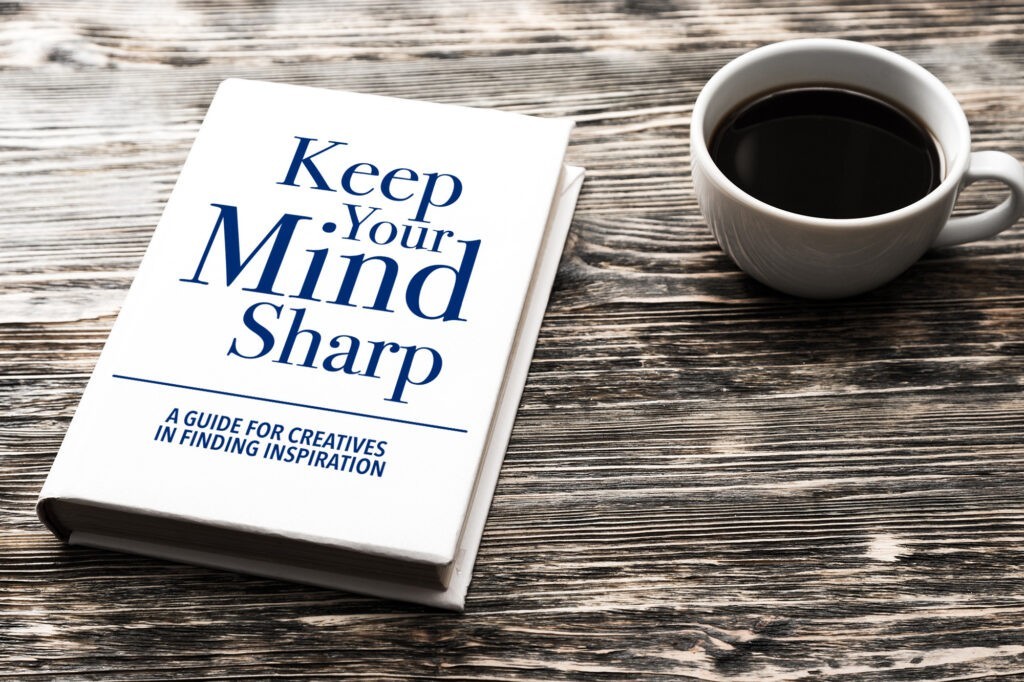
Keep Your Mind Sharp – Useful to creatives are the ideas: inspirations, stories, resources, and courses available online. Even so, one mistake some people make is not reading often enough—or at all. Reading has been proven to improve the functions of the brain and your focus. Books allow you to look at things from a different perspective. I always have one or two books going at the same time and try to read a little bit everyday. Inspiring design sources should include stories: you’d be surprised what you can pull from a good fiction paperback or history book. If you’re struggling as a creative, picking up a good book may be the answer you’re looking for—and might even change the way you think.

Clear Your Mind – As stated above, our complicated lives are subjected to more information and technological leaps than anyone is history. It’s hard to be creative if your head is over-saturated with stressful, anxious thoughts and constant distractions. Get off the internet and put down your phone. Implement walks, yoga, breathing exercises, or meditation. I tend to spend time outdoors when I need to clear my headspace. Fresh air and no phone alerts sound pretty sweet to me; a change of scenery can really get your creative juices flowing.
Bottom line: when life moves fast, we could all benefit from pushing away from our keyboards, putting the phone in a drawer, and enjoying a more analogue lifestyle. it challenges us to stop, take a deep breath and let things just happen. In a tech-driven world hellbent on instant gratification from social media, food delivery and 2-day parcel delivery, adopting analogue habits into our day allows us to appreciate the view of life from the slow lane.
